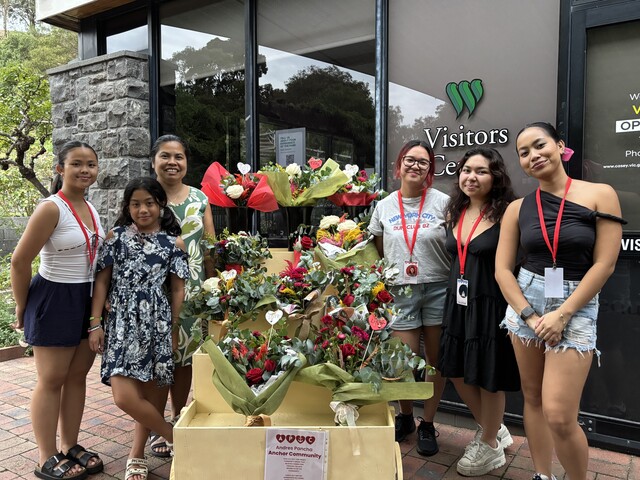NARRE Warren residents could feel safer when they catch the train at night with Protective Service Officers (PSOs) patrolling the area.
PSOs starting patrolling the Narre Warren Railway Station on Monday and will be there every night of the week.
They have the powers to detain anyone who threatens public safety, confiscate weapons and issue fines and are also trained in conflict resolution and dealing with vulnerable people.
South Eastern Metropolitan Region MP Inga Peulich said people who use Narre Warren station would benefit from the PSO’s presence.
“We know the majority of people who use Narre Warren station are there to get on a train, not cause trouble,” Ms Peulich said.
“Unfortunately, there are trouble-makers out there who make people feel unsafe. The deployment of PSOs to the station from 6pm every night will change that.”
Ms Peulich said PSOs have been working on the public transport network since February 2012, with 362 now deployed across 50 stations from 6pm until after the last train at night.
“Since the first deployment in February last year to December 2012, Victoria Police made almost 1400 arrests as a result of the work of PSOs,” she said.
“Through their work in calming threatening situations and neutralising conflict, they are making the community feel safer through the deterrent effect that their presence brings.”
The training course for PSO recruits is 12 weeks long and includes the same level of Operational Tactics and Safety Training as police, including the same firearms and defensive skills’ training.
This training also includes dealing with vulnerable people and people in a drunk or drug-affected state, plus initial exposure to the job under the supervision of Victorian Transit Police.
Police and Emergency Services Minister Kim Wells said the Victorian Coalition Government had committed to recruiting and deploying 940 PSOs to the rail network as part of a $212 million investment, by November 2014.
Officers make train station safer

Digital Editions
-

Winter coat drive for warmth
After a successful gathering at Ramlegh Community Centre for its Walk the Talk Wellness Conference, the Andres Pancha Anchor Community is taking it a step…





